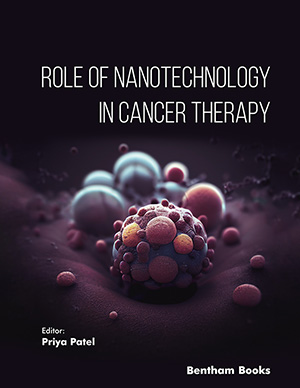Abstract
Background: Fluoxetine and olanzapine combination tablets are available in the market for oral administration in the treatment of depression, but fluoxetine has been shown to have a dose-related side effect due to its high oral dose and ability to undergo excessive first-pass metabolism. Olanzapine has low solubility and low bioavailability.
Objective: The objective of this study was to prepare lipid nanoparticles containing fluoxetine and olanzapine to enhance the solubility and dissolution profile of the drugs.
Methods: Lipid nanoparticles (LNs) were prepared by high-speed homogenization using the ultrasonication method. Different lipids and surfactants were used to screen out the best lipids, surfactants, and their ratio in the preparation of lipid nanoparticles. Drug and polymer compatibility was examined using FTIR and DSC studies. The formulation was optimized using the central composite design to establish functional relationship between independent variables and responses. Optimized batch was characterized using particle size, PDI, zeta potential, % EE, % CDR, and stability.
Results: Phase solubility study revealed FLX to have highest solubility in stearic acid and oleic acid, whereas OLZ showed highest solubility in Precirol ATO 5 and oleic acid. Poloxamer 188 was selected on the basis of high entrapment efficiency of the drug. In LNs, no significant interaction between drug and polymer was confirmed by DSC and FTIR. The particle size of optimized batch was found to be 411.5 nm with 0.532 PDI and - 9.24 mV zeta potential. For FLX and OLZ, the %EE and %CDR after 8h were found to be more than 90%. No significant change in %EE and %CDR of the formulation was observed after 4 weeks of storage.
Conclusion: Experimental results demonstrated excellent drug entrapment as well as controlled release behavior from optimized LNs of FLX and OLZ at reduced dosage frequency.
Keywords: Fluoxetine, olanzapine, lipid nanoparticles, CCD, high-speed homogenization, ultrasonication.




























